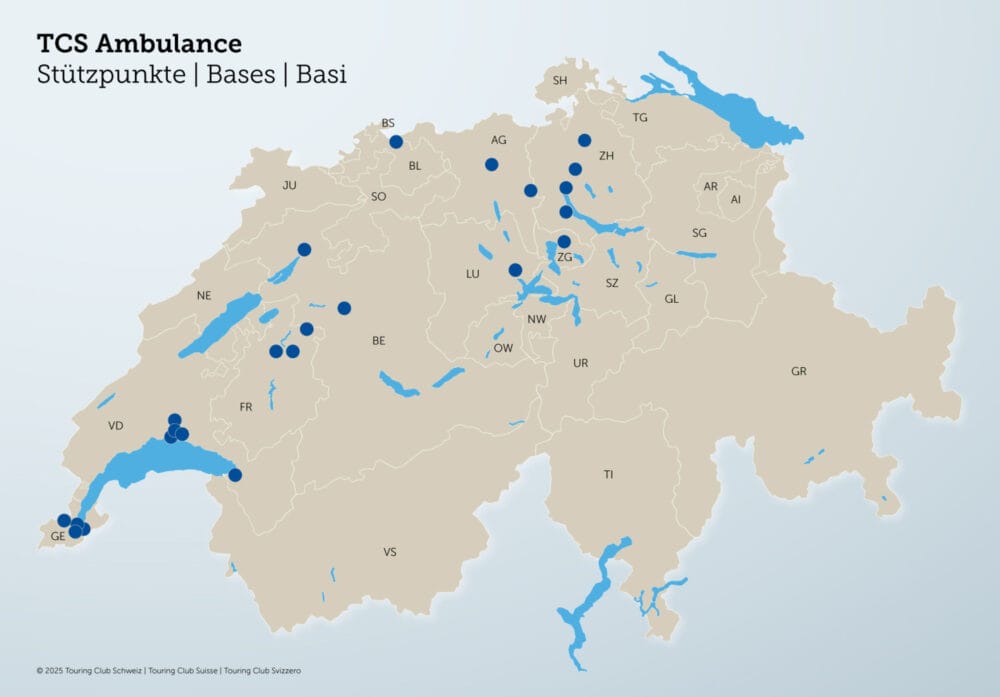Improve care with improved case analyses
In future, Suva wants to use new analysis methods to identify problematic cases earlier and take countermeasures in good time.

People who have suffered a serious accident have the best chance of getting back to work if they receive the right support as quickly as possible. This is why Suva is constantly looking for new ways to obtain key information even faster and thus reduce costs in the long term. From 2017, it will automatically identify people with problematic case histories thanks to improved analysis methods.
To this end, Suva will link known injury patterns with expected case histories. Rolf Schmidiger, Strategy Manager at Suva, gives an example: "We process over 4,000 serious shoulder injuries per year. Their treatments are always comparable." Suva will therefore be able to use the injury pattern to estimate how the costs of a case will develop. "If the costs of an accident rise faster or slower than comparable cases, the forecasting tool will indicate this. This will enable us to take measures at an even earlier stage to support the patient quickly with the right resources." This will also enable Suva to keep an even better grip on costs.
Over 80 percent back in work
Over 10,000 people insured with Suva have serious accidents every year. Suva supports them with its case management throughout the entire healing process: with medical services, rehabilitation and measures for reintegration into the work process. Your efforts are worthwhile. On average, over 80 percent of seriously injured people return to work after their accident. This means that Suva's reintegration success is at a consistently high level.
Those who return to work quickly, at least part-time, demonstrably recover more quickly. The longer an employee is on sick leave, the less likely they are to return. Studies show that the chances of reintegration drop by around 50 percent if an employee is unable to work for longer than six months. Suva takes these circumstances into account by providing early support for accident victims. However, it is not only the patient and Suva that are important for successful reintegration, but also the employer, the personal environment and the doctor. "The social and professional environment usually determines the course of reintegration," confirms Peter Diermann, Head of Insurance Benefits at Suva.
Better quality of life, lower costs
"It often makes sense for accident victims to return to work on a part-time basis," says Diermann. However, Suva figures show that doctors write off around 95 percent of accident victims as 100 percent unfit for work, especially in mild and moderate cases. This is despite the fact that they are often able to work part-time or in a different role during their recovery. It is often not clear enough to the doctor what the accident victim's daily work routine looks like, i.e. whether the patient performs the work standing or sitting, has to lift heavy weights or whether other activities would be possible temporarily. In these cases, Suva could consult with employers earlier, shorten downtimes and thus reduce costs.









